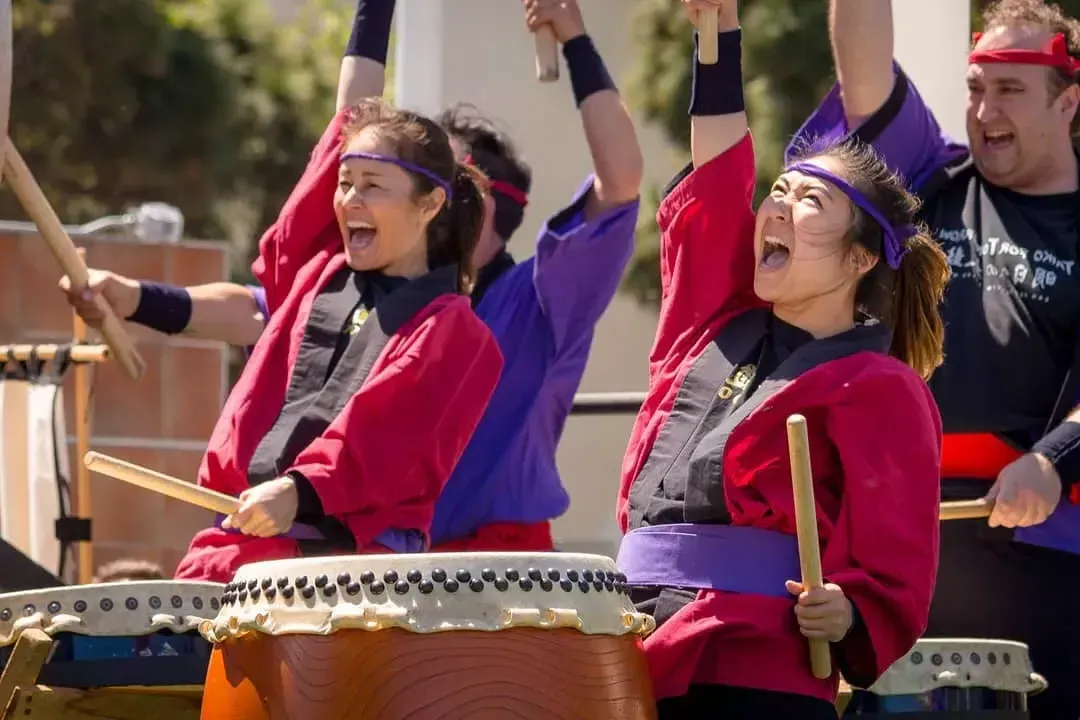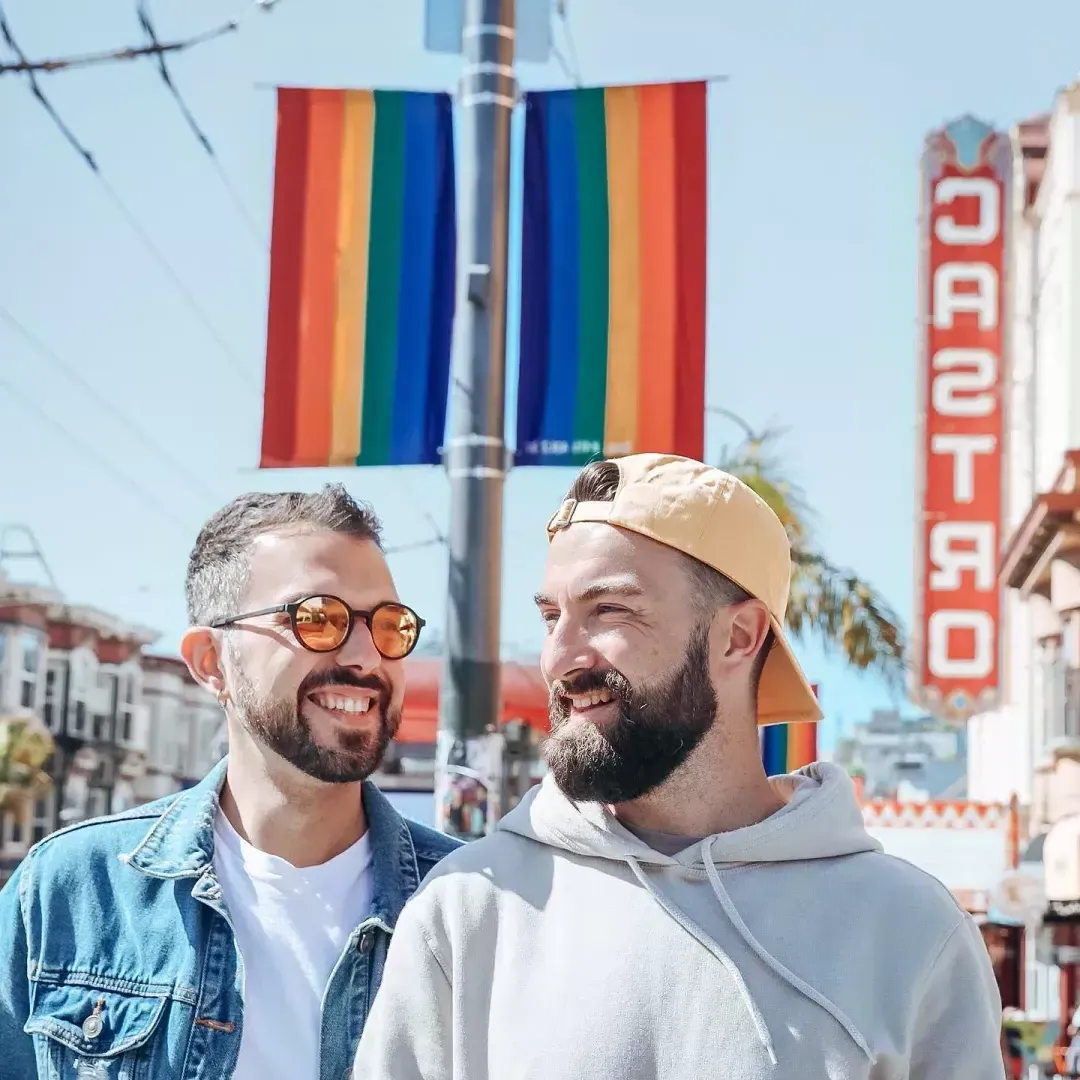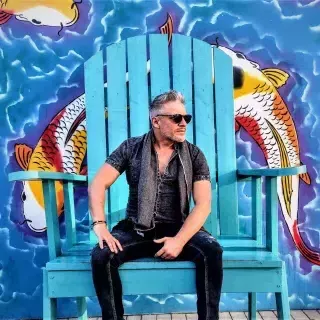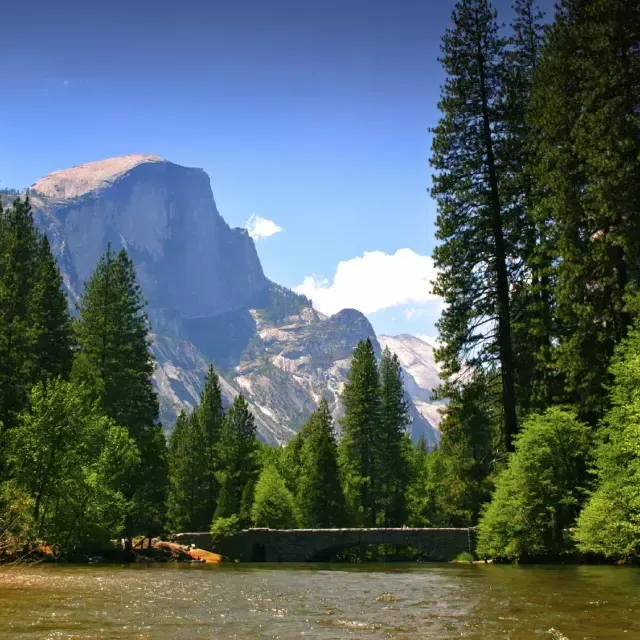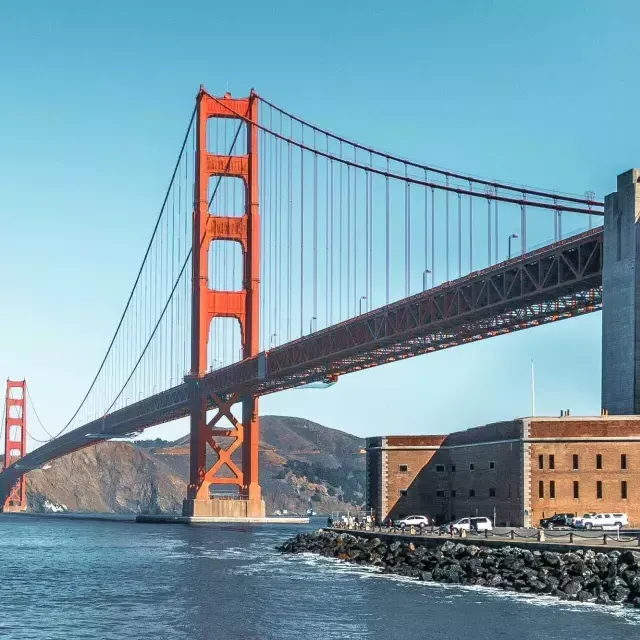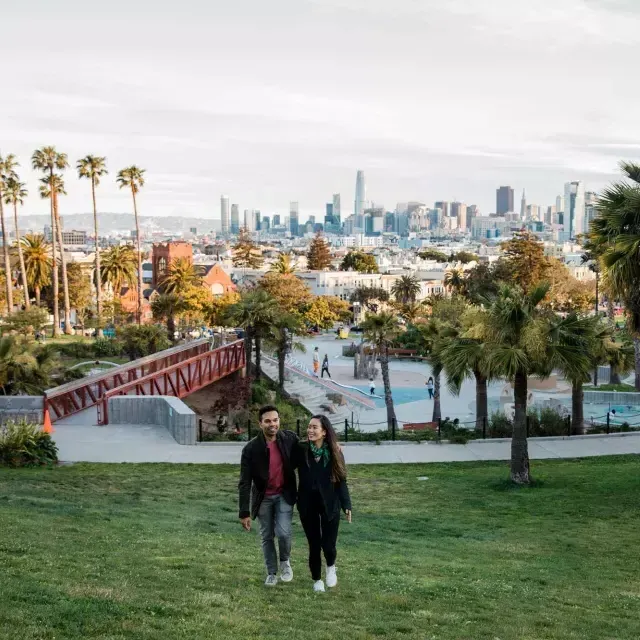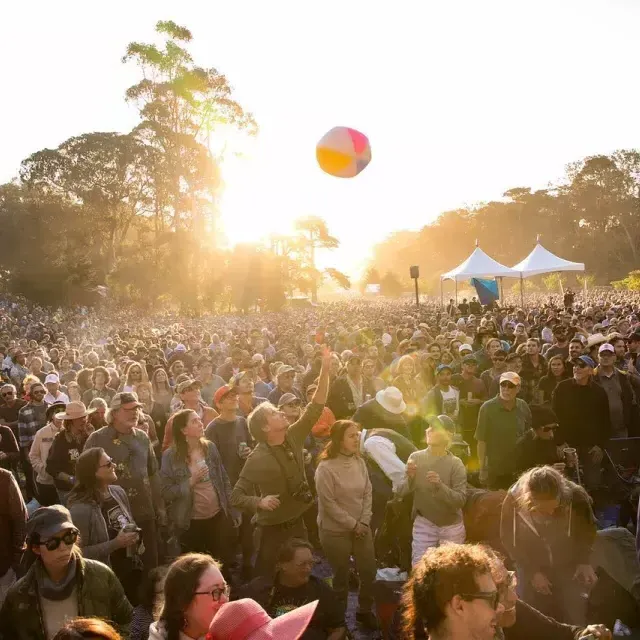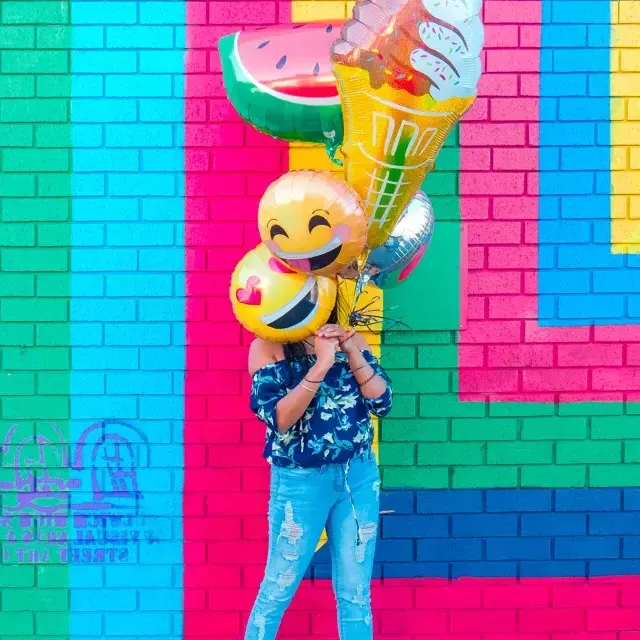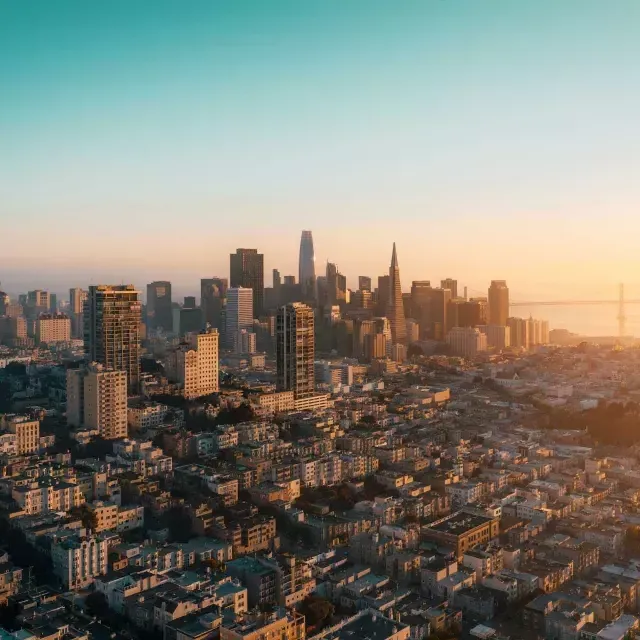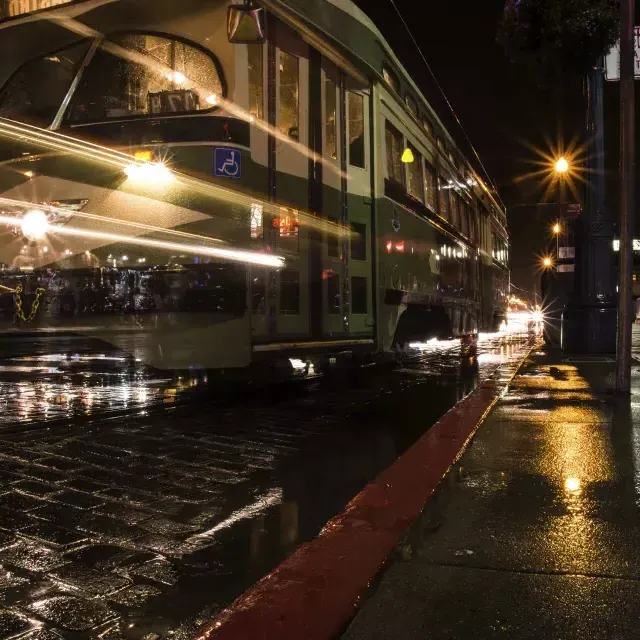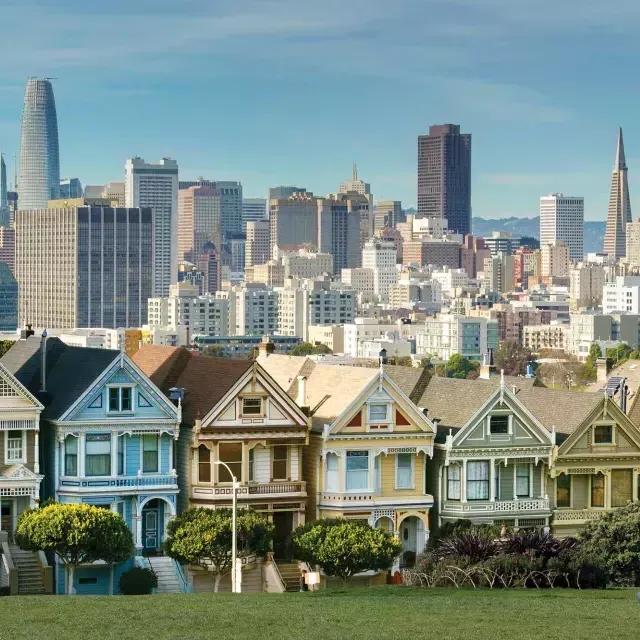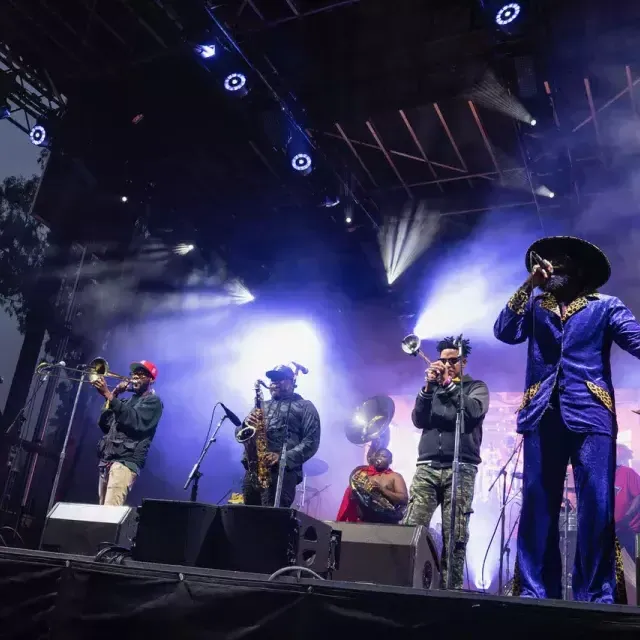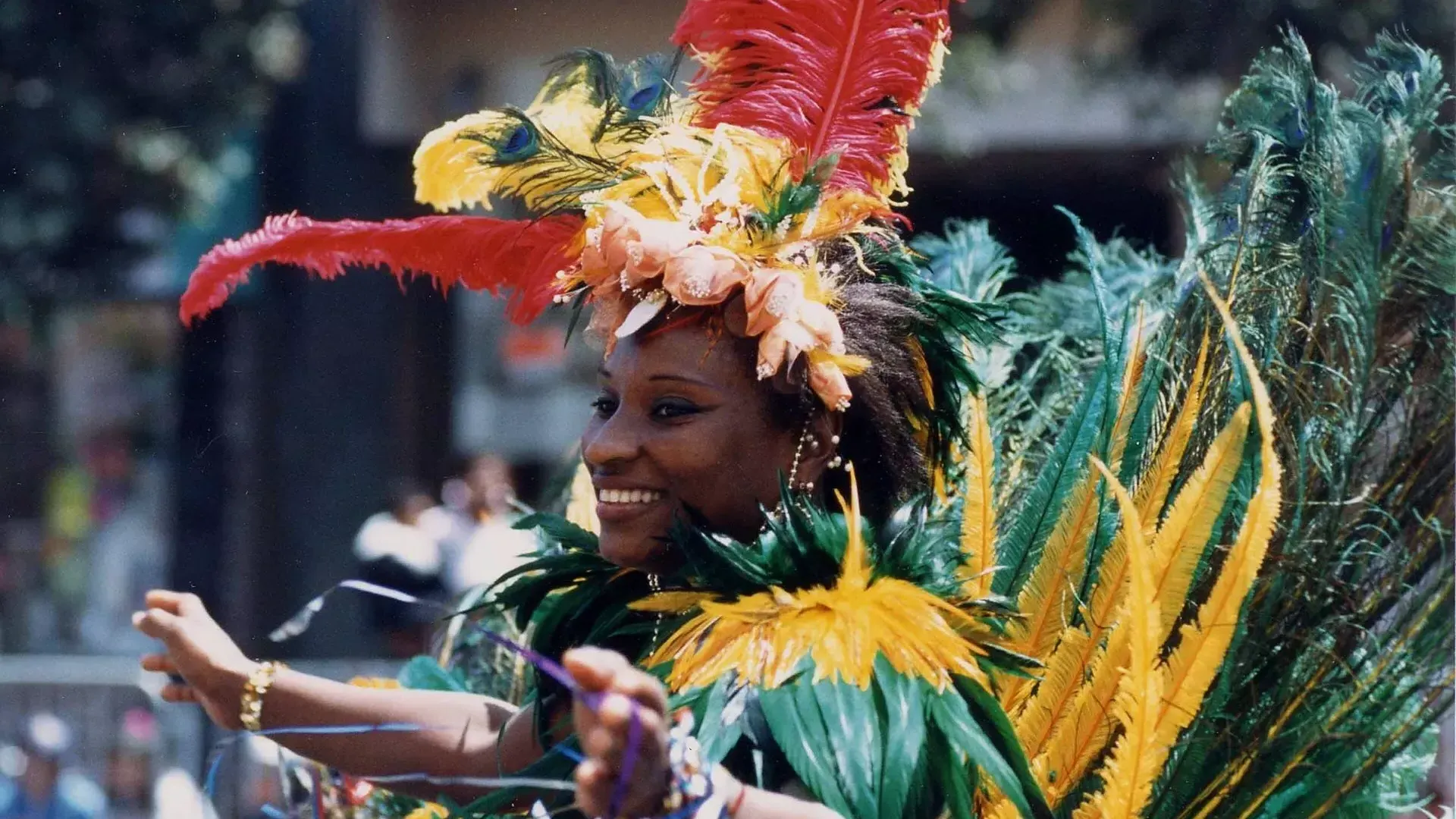
ExploreSan Francisco's Cultural Districts
By designating specific cultural districts, San Francisco leads the way in preserving the character, community, and history of its neighborhoods.
San Francisco is one of the most beautiful cities on earth. But we're more than a pretty face; we're also known for launching and supporting artists, activists, and movements that have shaped the future and the world. On top of this, the City by the Bay is home to many different immigrant communities, where authentic traditions are preserved.
The result is a dynamic 49-square-mile gem that offers visitors cultural experiences like nowhere else. To help protect and promote San Francisco’s multi-faceted cultural heritage, dedicated residents and city government have collaborated to create 10 different Cultural Districts in the city, each offering visitors a chance to immerse themselves in unique communities.
Japantown Cultural District
Designated as the first San Francisco Cultural District in 2013, the Japantown Cultural District's goal is to preserve a culturally regenerative, economically vibrant, and authentic neighborhood where all are welcome. It aspires to serve Japanese and Japanese-American communities for many future generations to come.
Located between posh Pacific Heights and the jazz-infused Fillmore neighborhood, San Francisco’s Japantown is the oldest and largest Japantown in the nation. It is a fascinating place to eat, shop, and participate in culture, whether that be taiko drumming or tea ceremonies.
Check out the Japan Center Mall, packed with old-world style sushi taverns and retailers of imported art and housewares. Then take a stroll down Buchanan Street, lined with cherry trees and origami fountains, where some of the neighborhood's top ramen restaurants can be found.
Around the corner on Sutter Street, you will find the Japanese Cultural and Community Center of Northern California, which hosts a variety of cultural events, and the Soto Zen Mission of San Francisco, a Buddhist temple with monthly services. The outdoor arena at the Japantown Peace Plaza showcases live performances and events throughout the year. Check the website for a full calendar.
- Getting There: The 38 Muni bus makes a direct connection between Japantown and Union Square, where you’ll find most of San Francisco’s hotels.
Calle 24 Latino Cultural District
Running east-west from Bartlett Street to Potrero, the bustling tree-lined and street art-studded stretch of 24th street known as Calle 24 has long been considered the heart of the city’s vibrant Latin American community. Real-deal Mexican taquerias and Central American produce stores sit between local art galleries and community centers here.
Established in 2014, the Calle 24 Cultural District supports an economically vibrant and inclusive community. It compassionately embraces the unique Latino heritage and cultures of 24th Street by celebrating Latino cultural events, cuisine, businesses, activities, art and music.
Be sure to check out the Precita Eye Mural Visitor Center and nearby Balmy Alley, home to the largest outdoor gallery of murals in the country—nearly 700! Accion Latina’s Juan R. Fuentes Art Gallery holds more local art offerings. The area is also known for its robust nightlife, including live Latin music venues and community theaters, like the legendary Brava Theater, where you can catch Carnaval acts rehearsing in between a full calendar of performances.
- Getting There: Take BART to the 24th Street station.
SoMa Pilipinas Cultural District
Running east-west from Second Street to 11th Street and north-south from Market Street to Brannan Street, the SoMA Pilipinas Cultural District is tucked right into the heart of downtown San Francisco. This bustling area, more famous for its tech start-ups and late-night dance clubs, is also the historic home of San Francisco’s Filipino community. Local shops, restaurants, and community centers still serve local families and offer visitors a chance to experience a unique part of the city’s legacy.
The SoMa Pilipinas Cultural District was created in 2016 to both celebrate the culture and community of the area as well as to protect it the historical and cultural institutions that are located here.
The Sentro Filipino, located just a block west of Yerba Buena Gardens and the SFMOMA, hosts culturally relevant art exhibits and events like book readings and film screenings on a regular basis. Nearby on Sixth Street, Bindelstiff Studio is the only permanent community-based performing arts venue in the United States dedicated to showcasing emerging Filipino American and Pilipino (Tagalog-speaking) artists.
- Getting There: The SoMa Pilipinas Cultural District is located just blocks from Union Square.
The Transgender District
Running east-west from Mason Street to Jones Street and north-south from Ellis Street to Market Street, as well as two blocks of Sixth Street below Market, San Francisco’s Transgender District is the first legally designated transgender district in the world. The neighborhood is the site of the Compton Cafeteria Riots of 1966, the first documented uprising of transgender and queer people in United States history. It's also the historic home of many transgender nightlife venues and gathering places.
Founded by three Black trans women in 2017, the Transgender District strives to create safe spaces for trans people that inspire economic advancement, leadership development and community. The district is also dedicated to celebrating and affirming the ongoing presence, resilience, contributions, and culture of transgender people in San Francisco’s Tenderloin neighborhood.
The Transgender District puts on a full calendar of events, including street festivals and performances. Be sure to swing by Aunt Charlie’s Lounge for a drag show and a cocktail every Friday and Saturday night ($5 cover).
- Getting There: The Transgender District encompasses six city blocks walking distance from Union Square.
LEATHER & LGBTQ District
Anyone who has been to the Folsom Street Fair in San Francisco knows just how seriously the city takes its leather scene. In 2018, the LEATHER & LGBTQ Cultural District was created around Folsom and much of the surrounding area, home to many leather-themed bars and nightclubs. It encompasses 22 square blocks and is bounded by Howard Street to the north and Interstate 80 to the south. It begins around Seventh Street to the east and ends at Division Street to the west.
The mission of the LEATHER & LGBTQ Cultural District is to preserve, enhance, and advocate for the continuity and vitality of the Kinky and Queer communities. It’s the first cultural district of its kind in the world.
The organization hosts a variety of events throughout the year, including a monthly “Play on the Plaza” street party on the second Saturday of the month. They also offer a kinky/queer walking tour periodically that visits the sites of current and bars, bathhouses, and other fetish-friendly establishments that make the area famous.
- Getting There: Catch the 9 Muni bus along Market Street and hop off at 11th and Harrison streets.
African American Arts and Cultural District
Containing the entire Bayview-Hunters Point neighborhood and centering on Third Street, the African American Arts and Cultural District was founded in 2018. The neighborhood juts out into the bay and once housed a Navy Yard, which attracted African American workers in the 1940s and 50s. The area is now a center of African American culture in the city.
The African American Arts and Cultural District aims to strengthen and promote the cultural assets and diverse communities that call the neighborhood home, and to advocate for African American equity, cultural stability, vibrancy, and economic vitality.
Besides the annual Kwanza celebration, the district also hosts a number of outdoor concerts and community-oriented events throughout the year. The area is also home to some of the city’s best soul food; try Cafe Envy or JJ Chicken and Fish.
- Getting There: Take the T Muni Metro line to Third and Kirkwood/La Salle.
The Castro LGBTQ Cultural District
Located at the upper end of Market Street under the shadow of Twin Peaks, the Castro is world famous as a LGBTQ+ mecca. In 2019, the area was also designated as the Castro LGBTQ Cultural District, with the mission to help create a safe, inclusive, and beautiful space to promote racial, ethnic, and cultural diversity among its residents and businesses.
The Castro is a fun and vibrant place to explore. Stop by the GLBT Historical Society Museum to get an idea of just how central to the nationwide fight for gay rights the neighborhood really was. Then grab a bite to eat at a restaurant with great people watching like The Cove, before doing some shopping along Castro Street itself. Finish it all off with a cocktail at 440 or The Edge. For those that like to rage on until the early hours, the Castro also hosts some of the city’s top nightclubs.
- Getting There: Ride the historic F Market streetcar all the way west on Market Street.
The American Indian Cultural District
Covering nearly 30 city blocks in the Mission District—including Dolores Park, which was once a Ramaytush Ohlone ceremonial site—San Francisco's American Indian Cultural District was established in 2020. It is the first cultural district of its size in the United States dedicated to honoring, recognizing, and celebrating American Indian culture, people, and contributions.
The Mission District itself has strong ties to San Francisco’s American Indian history. It was at Mission Dolores itself where much of the initial contact and exchange between Europeans and Native Americans occurred.
The organization is also behind the Indigenize SF campaign, which is creating murals, street signs, banners, maps, and walking tours that will commemorate and honor California and American Indians. They also host a variety of events, from Earth Day celebrations to film screenings, throughout the year. Check their Instagram to stay in the loop.
- Getting There: Take the J Church Muni Metro to Dolores Park.
Sunset Chinese Cultural District
Considered by some to be San Francisco’s “real” Chinatown, the Sunset District is a residential neighborhood that is home to a high number of Chinese and Chinese American residents, businesses, and culture.
The Sunset Chinese Cultural District was designated in 2022 and is one of the largest in the city. Its mission is to preserve, enhance, and promote the contributions of the Chinese and Chinese-American people in the Sunset by elevating their voices and socioeconomic needs.
The organization also hosts events throughout the year, including the Autumn Moon Festival, held every fall. The Sunset District offers visitors some of the most authentic Chinese restaurants in the city.
- Getting There: Take the L Taraval Muni Metro train, which makes many stops throughout the neighborhood.
Pacific Islander Cultural District
The Pacific Islander Cultural District is the newest cultural district in the city and the first of its kind in the U.S. After WWII, large numbers of Pacific Islanders moved to San Francisco and the Visitacion Valley and Sunnydale neighborhoods became their official enclave in the city.
The district will help strengthen and preserve the historic Pacific Islander community by supporting existing organizations like the Samoan Community Development Center. Stop by the Asian Pacific Islander Cultural Center, currently in downtown San Francisco, to learn more about the Pacific Islander history of the city and the Bay Area.
- Getting There: Take the T Muni Metro to the Sunnydale station.
